Week 1
Great Egret (Ardea alba).
GREG
Order: Pelcaniiformes
Family: Ardeidae
Habitat: wetlands (salty or fresh), tidal flats
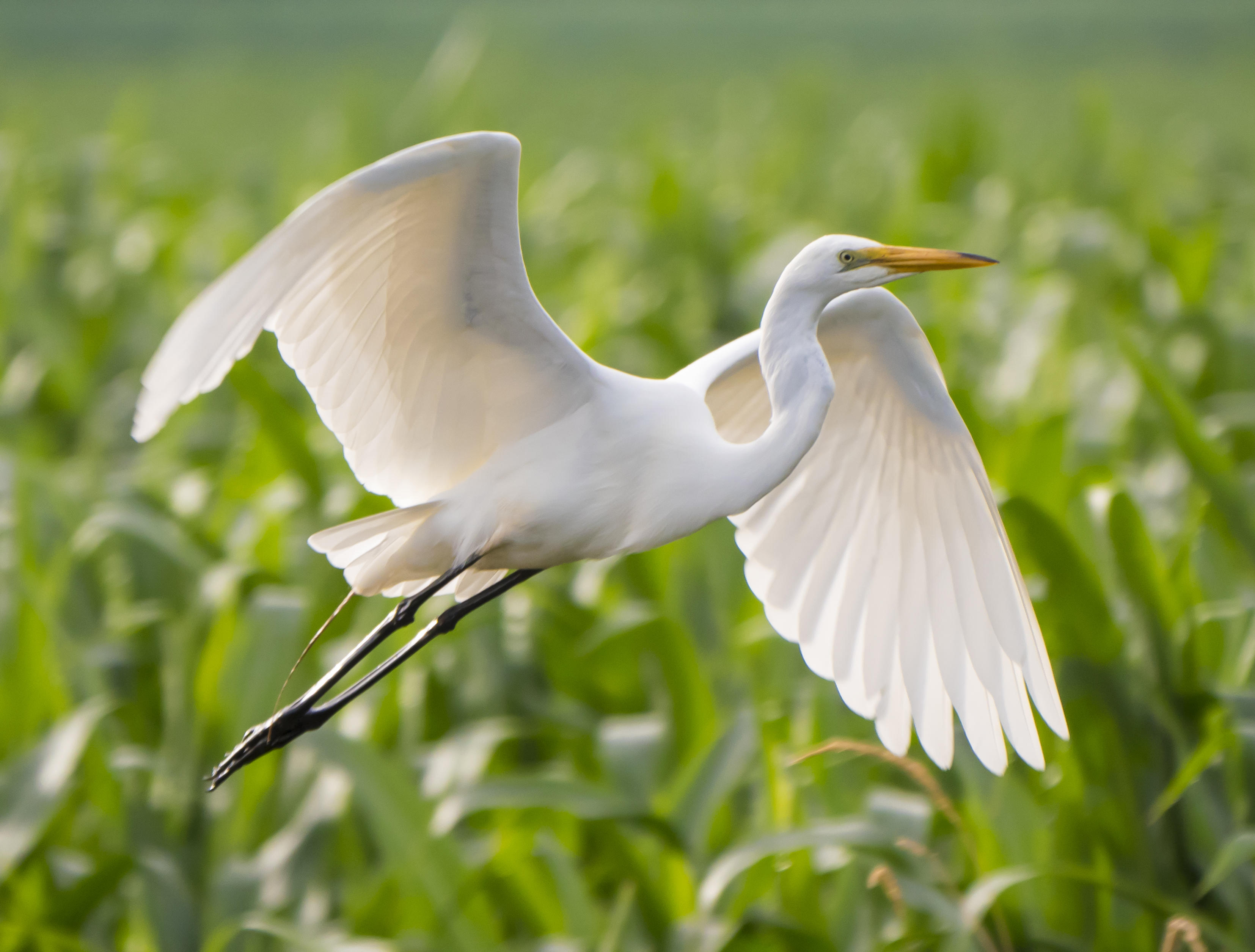
Snowy Egret (Egretta thula)
SNEG
Order: Pelcaniiformes
Family: Ardeidae
Habitat: wetlands (salty or fresh), tidal flats
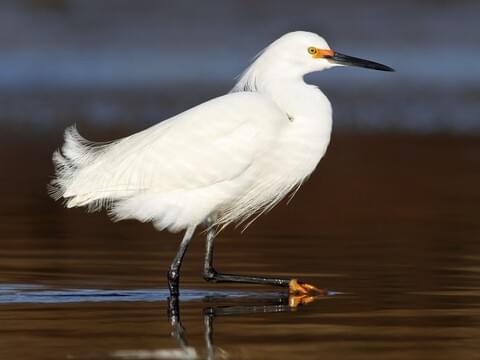
Semipalmated Plover (Charadrius semipalmatus)
SEPL
Order: Charidriiformes
Family: Charadriidae
Habitat: mudflats, estuaries, lagoons, ponds, lake shores, agricultural ponds, and beaches during migration and the winter months.

Black-bellied Plover (Pluvialis squatarola)
BBPL
Order: Charidriiformes
Family: Charadriidae
Habitat: Mudflats, open marshes, beaches

Semipalmated Sandpiper (Calidris pusilla)
SESA
Order: Charidriiformes
Family: Scolopacidae
Habitat: breeds on the tundra, winters on and migrates along coastal beaches, lake and river shores, mudflats and salt marshes.

Least Sandpiper (Calidris minutilla)
LESA
Order: Charidriiformes
Family: Scolopacidae
Habitat: Breed in sedge meadows, muskeg bogs, or coastal wetlands. Migrate and winter along shorelines.
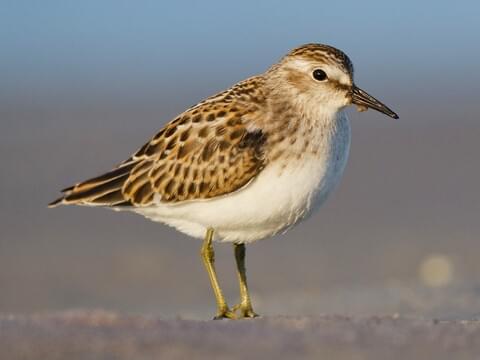
Sanderling (Calidris alba)
SAND
Order: Charidriiformes
Family: Scolopacidae
Habitat: Winter along sandy coastlines, where they probe for food ahead of and behind waves in the active surf zone. They may also forage in mudflats, lagoons, and rocky intertidal areas. Breed in the high arctic tundra.
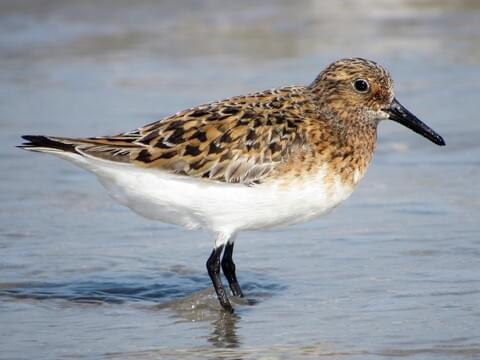
Great yellowlegs (Tringa melanoleuca)
GRYE
Order: Charidriiformes
Family: Scolopacidae
Habitat: breed in muskeg bogs. Wintering and migration habitats are more general; they can be found in many fresh and saltwater wetland habitats, including open marshes, mudflats, estuaries, open beaches, lakeshores, and riverbanks.
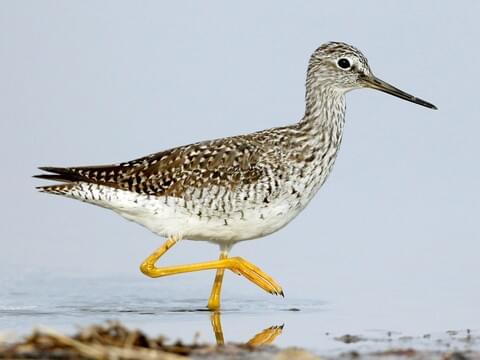
Lesser yellowlegs (Tringa flavipes)
LEYE
Order: Charidriiformes
Family: Scolopacidae
Habitat: breeds in grassy meadows, bogs, burned out forest areas and other open areas or natural clearings. During migration and the winter, it can be found along the shores of lakes and rivers, in marshy ponds and in coastal marshes and mudflats

Black-crowned Night-Heron (Nycticorax nycticorax)
BCNH
Order: Pelcaniiformes
Family: Ardeidae
Habitat: saltmarshes, freshwater marshes, swamps, streams, rivers, lakes, ponds, lagoons, tidal mudflats, canals, reservoirs, and wet agricultural fields
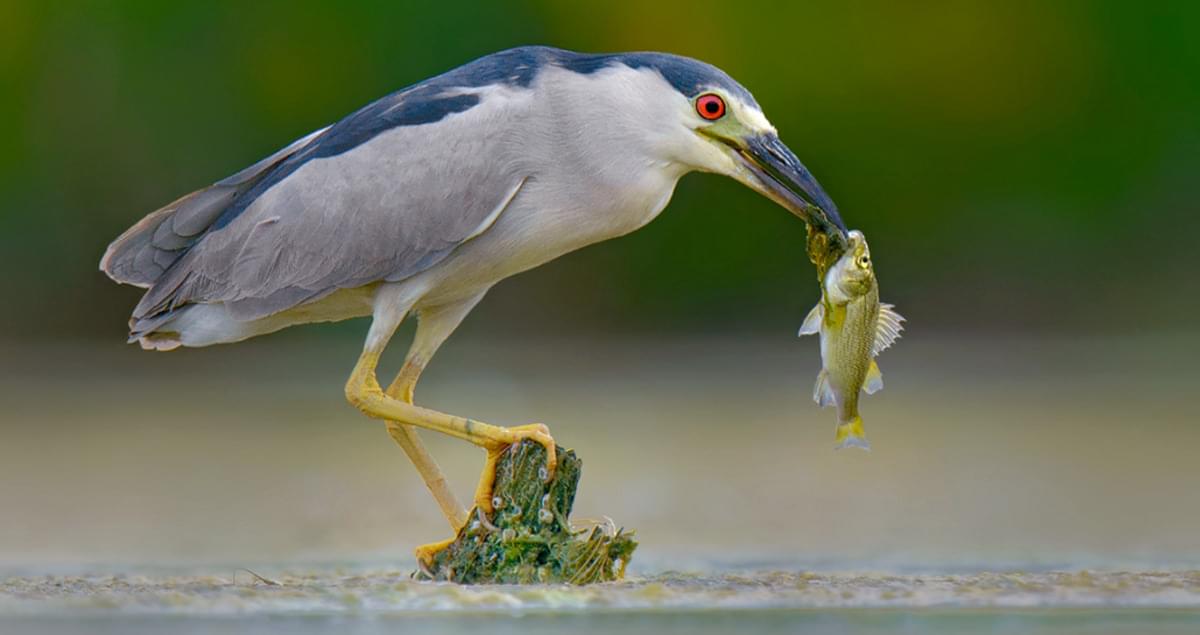
Week 2
Herring Gull (Larus aregntatus)
HERG
Order: Charadriiformes
Family: Laridae
Habitat: beaches, mudflats, plowed fields, marshes, docks, commercial fishing areas, roof tops and garbage dumps
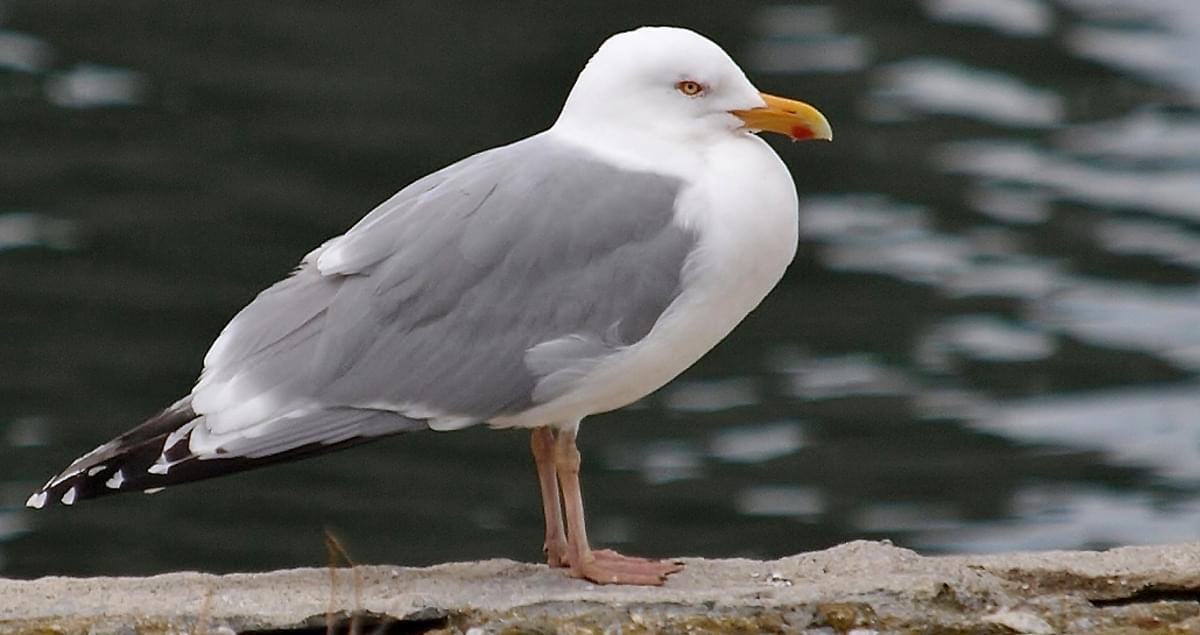
Double-crested Cormorant (Phalacrocoras auritus)
DCCO
Order: Suliiformes
Family: Phalacrocoracidae
Habitat: Coastal waters, inland lakes.

Great Black-backed Gull (Larus marinus)
GBBG
Order: Charadriiformes
Family: Laridae
Habitat: rocky and sandy coasts and estuaries, as well as inland wetland habitats including lakes, ponds, rivers, wet fields and moorland
European Starling (Sturnus vulgaris)
EUST
Order: Passeriformes
Family: Sturnidae
Habitat: found mainly in non-mountainous areas. During the breeding season, these birds require holes for nesting and fields of vegetation for feeding
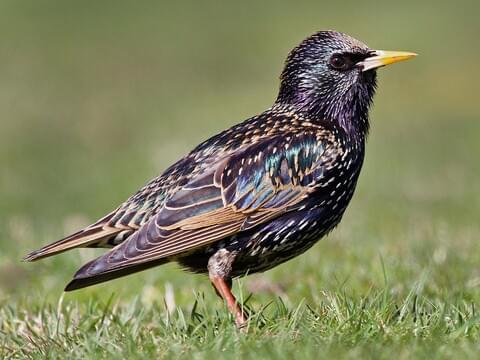
American Robin (Turdus migratorius)
AMRO
Order: Passeriformes
Family: Turdidae
Habitat: woodland all over North America, as well as more open areas including farmland and urban settings.
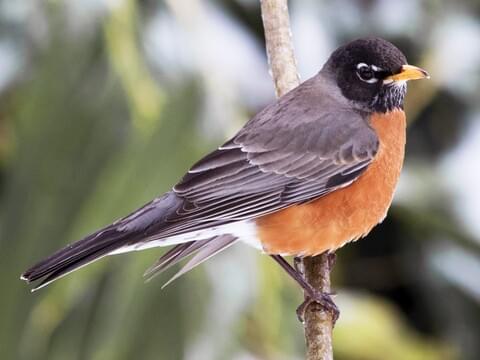
Fish Crow (Corvus ossifragus)
FICR
Order: Passeriformes
Family: Corvidae
Habitat: near water, often in towns and cities near parks, docks, and landfills.

American Crow (Corvus brachyrhynchos)
AMCR
Order: Passeriformes
Family: Corvidae
Habitat: Virtually all types of country from wilderness, farmland, parks, open woodland to towns and major cities are inhabited
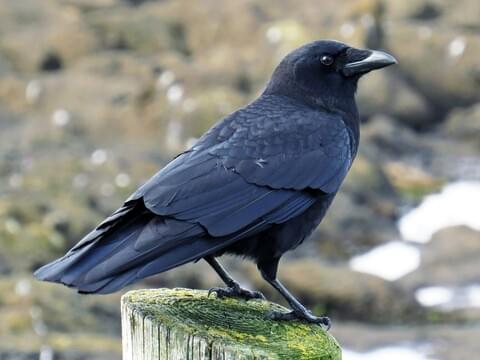
Rock Pigeon (Columba livia)
ROPI
Order: Columbiformes
Family: Columbidae
Habitat: suburban, urban, and agricultural environments
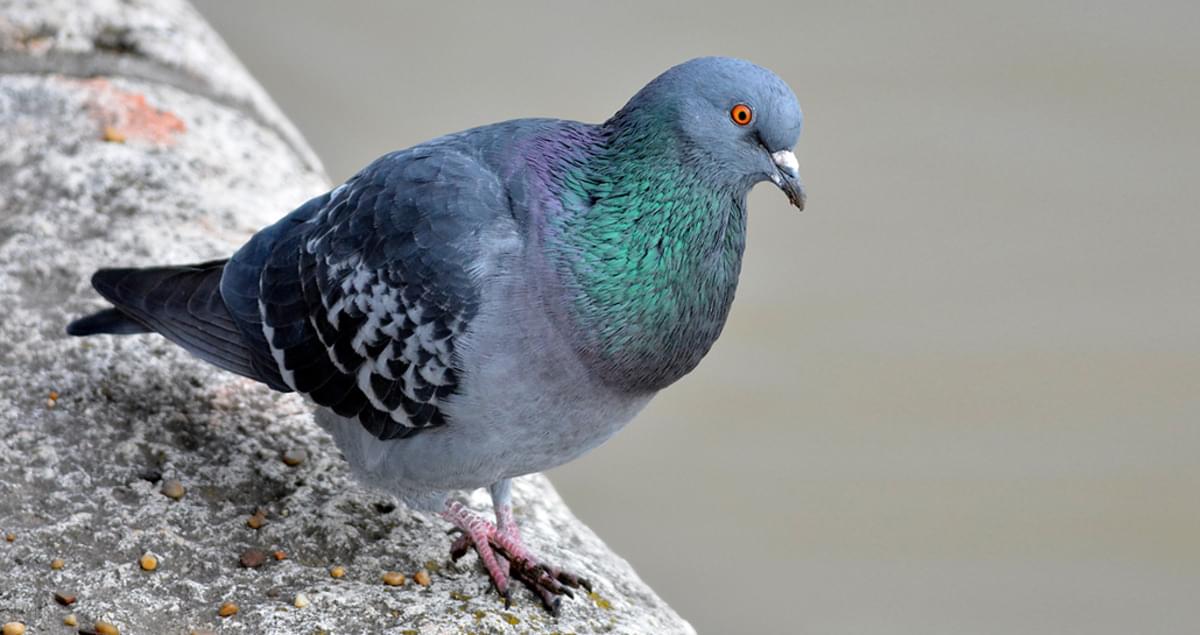
Mallard (Anas platyrhynchos)
MALL
Order: Anseriformes
Family: Anseridae
Habitat: lakes, rivers, streams, small ponds, swamps, marshlands, and water reservoirs

Black-capped Chickadees (Poecile atricapillus)
BCCH
Order: Passeriformes
Family: Passeridae
Habitat: deciduous and mixed deciduous-evergreen forests, especially near forest edges
Photo: Maeve McGowan
Week 3
Turkey Vulture (Cathartes aura)
TUVU
Order: Acciptriformes
Family: Cartharidae
Habitat: open country, subtropical forests, shrublands, deserts, and foothills. It is also found in pastures, grasslands, and wetlands.
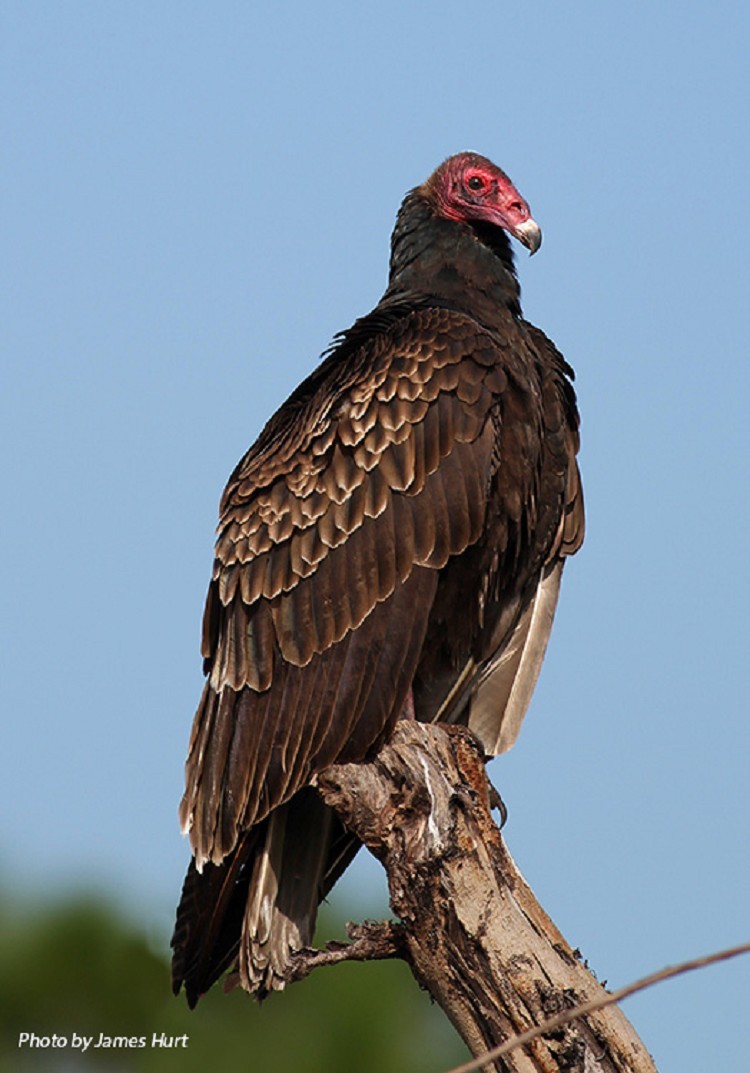
Osprey (Pandion haliaetus)
OSPR
Order: Acciptriformes
Family: Pandionidae
Habitat: breeds near freshwater lakes and rivers, and sometimes on coastal brackish waters.
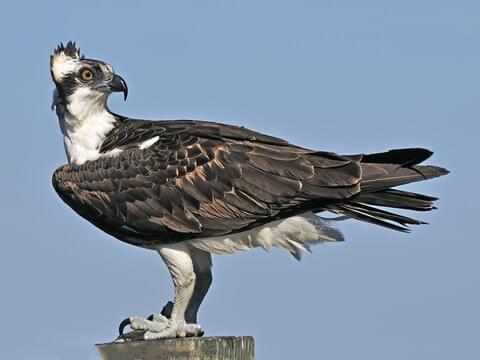
Bald Eagle (Haliaeetus leucocephalus)
BAEA
Order: Acciptriformes
Family: Acciptridae
Habitat: seacoasts, rivers, large lakes or marshes or other large bodies of open water with an abundance of fish.
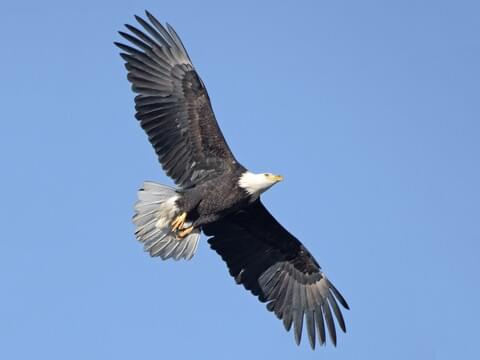
Northern Harrier (C. hudsonius)
NOHA
Order: Acciptriformes
Family: Acciptridae
Habitat: Arctic tundra to prairie grasslands to fields and marshes. Their nests are concealed on the ground in grasses or wetland vegetation

Coopers Hawk (Accipiter cooperii)
COHA
Order: Acciptriformes
Family: Acciptridae
Habitat: mixed deciduous forests and open woodlands, including small woodlots, riparian woodlands in dry country, open and pinyon woodlands, and forested mountainous regions
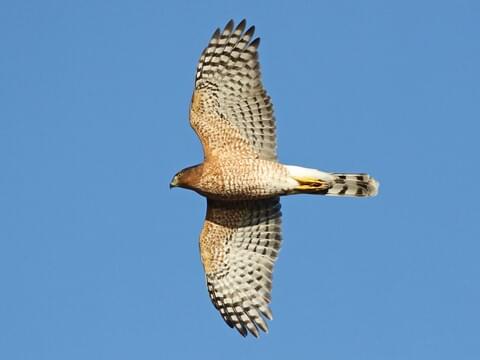
Broad-winged Hawk (Buteo platypterus)
BWHA
Order: Acciptriformes
Family: Acciptridae
Habitat: breed in deciduous forests good for nesting and forage primarily in wetlands and meadows

Red-tailed Hawk (Buteo jamaicensis)
RTHA
Order: Acciptriformes
Family: Acciptridae
Habitat: prefer wide open areas with high perching spots to watch prey but have adapted to live in a wide range of areas including but not limited to forests, tropical rain forests,

American Kestrel (Falco sparverius)
AMKE
Order: Falconiformes
Family: Falconidae
Habitat: grasslands, meadows, deserts, and other open to semiopen regions. They can also be found in both urban and suburban areas.
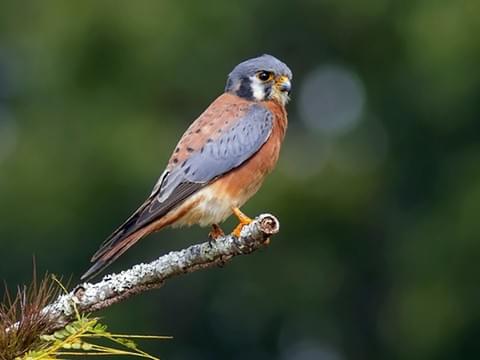
Peregrine Falcon (Falco peregrinus)
PEFA
Order: Falconiformes
Family: Falconidae
Habitat: prefer wide-open spaces, and thrive near coasts where shorebirds are common, but they can be found everywhere from tundra to deserts.

Week 4
Mourning Dove (Zenaida macroura)
MODO
Order: Columbiformes
Family: Columbidae
Habitat: a wide variety of open and semi-open habitats, such as urban areas, farms, prairie, grassland, and lightly wooded areas

White-breasted Nuthatch (Sitta carolinensis)
WBNU
Order: Passeriformes
Family: Sittidae
Habitat: woodlands including mixed deciduous forests across North America.
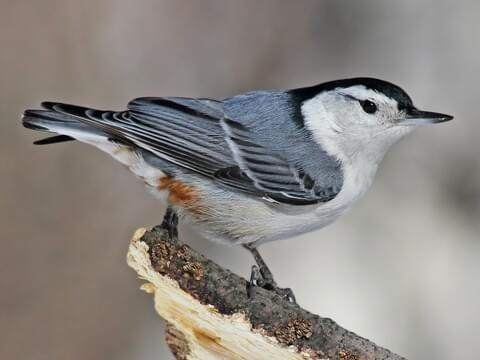
Northern Cardinal (Cardinalis cardinalis)
NOCA
Order: Passeriformes
Family: Carnidalidae
Habitat: woodland edges and grassland landscapes with thickets and shrubbery
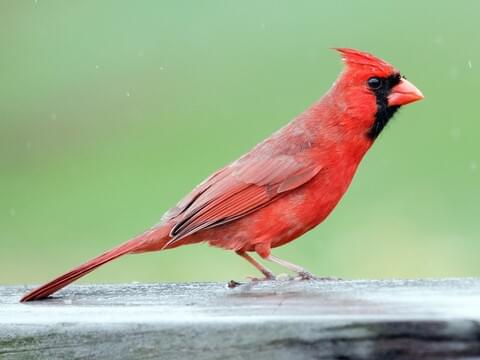
House Finch (Haemorhous mexicanus)
HOFI
Order: Passeriformes
Family: Fringillidae
Habitat: a wide range of habitats including dry desert, desert grassland, chaparral, oak savannah, streamsides, and open coniferous forests at elevations below 6,000 feet.
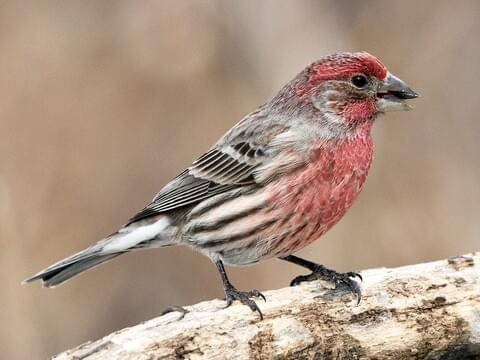
American Goldfinch (Spinus tristis)
AMGO
Order: Passeriformes
Family: Fringillidae
Habitat: main natural habitats are weedy fields and floodplains, where plants such as thistles and asters are common. They’re also found in cultivated areas, roadsides, orchards, and backyards.
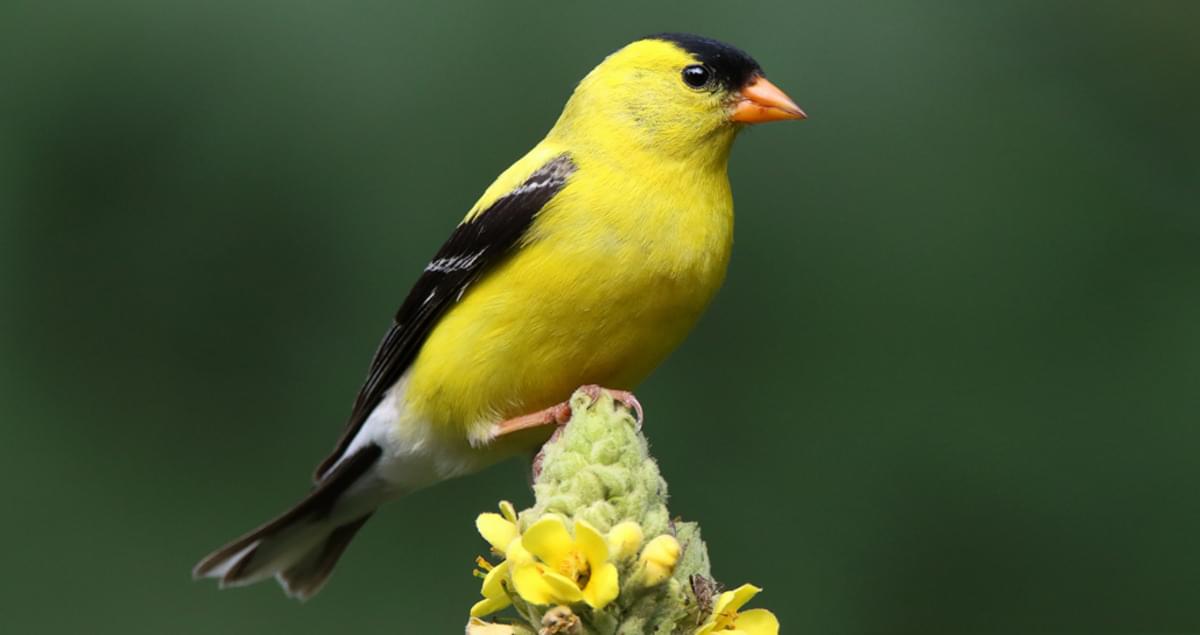
Week 5
Downy Woodpecker (Picoides pubescens)
DOWO
Order: Piciformes
Family: Picidae
Habitat: northern mixed forests and in deciduous forests farther south, in woodlots and parklands, in orchards, city parks and neighborhoods.

Hairy Woodpecker (Leuconotopicus villosus)
HAWO
Order: Piciformes
Family: Picidae
Habitat: common in mature woodlands with medium to large trees.
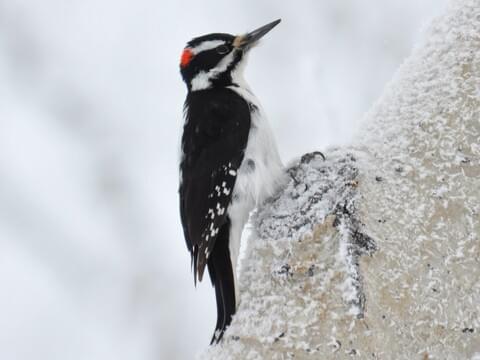
Northern Flicker (Colaptes auratus)
NOFL
Order: Piciformes
Family: Picidae
Habitat: woodlands, forest edges, and open fields with scattered trees, as well as city parks and suburbs. In the western mountains they occur in most forest types, including burned forests, all the way up to treeline
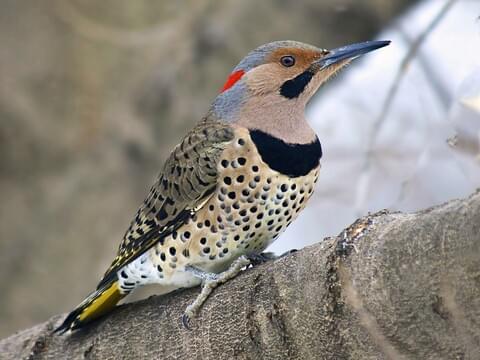
Pileated Woodpecker (Dryocopus pileatus)
PIWO
Order: Piciformes
Family: Picidae
Habitat: Forests can be evergreen, deciduous, or mixed and are often old, particularly in the West. In the East they live in young forests as well and may even be seen in partially wooded suburbs and backyards.
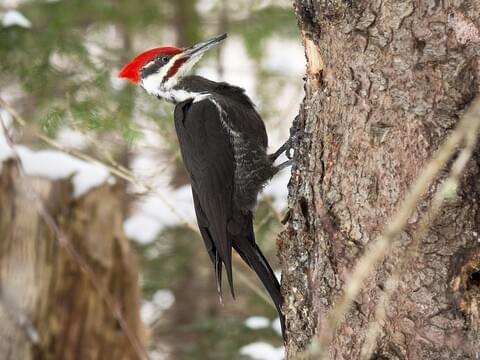
Blue Jay (Cyanocitta cristata)
BLJA
Order: Passeriformes
Family: Corvidae
Habitat: deciduous, coniferous, and mixed forests throughout the eastern and central areas of the United States, and southern Canada. They also can be found in parks and suburban residential areas, and are frequent guests of backyard bird feeders.
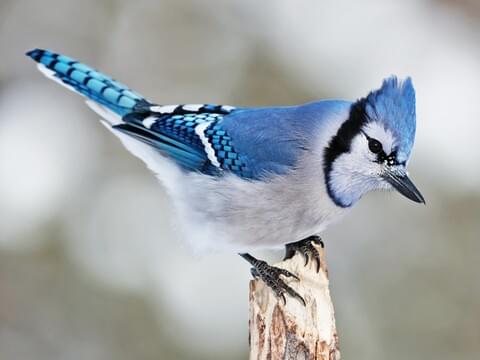
Eastern Bluebird (Sialia sialis)
BLJA
Order: Passeriformes
Family: Turdidae
Habitat: deciduous, coniferous, and mixed forests throughout the eastern and central areas of the United States, and southern Canada. They also can be found in parks and suburban residential areas, and are frequent guests of backyard bird feeders.
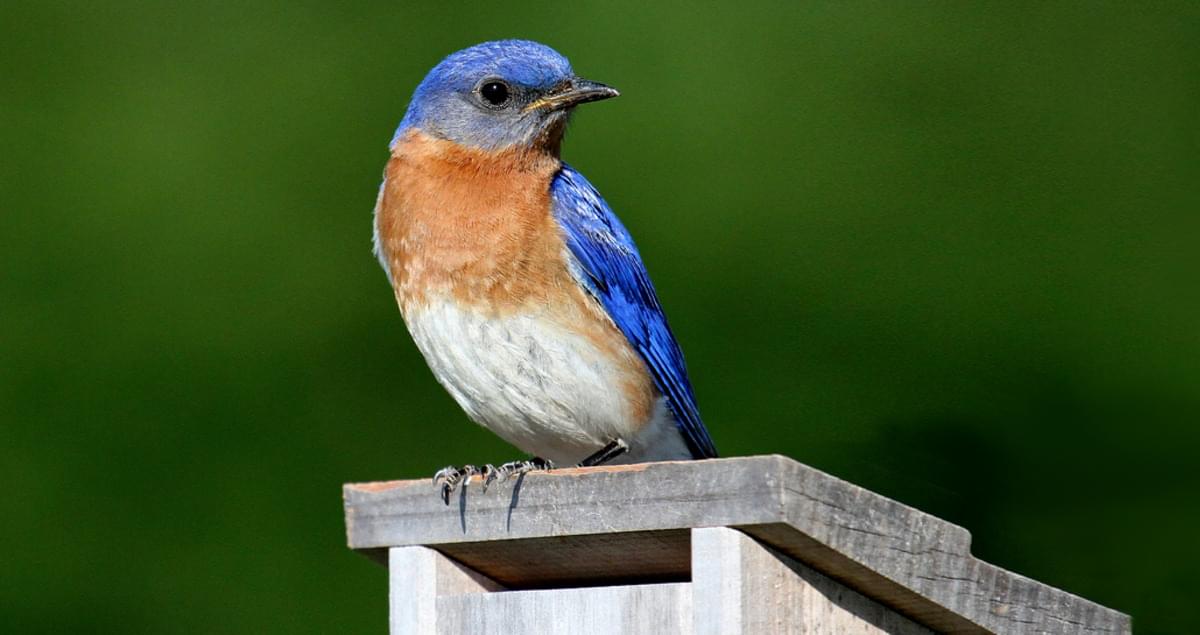
Gray Catbird (Dumetella carolinensis)
GRCA
Order: Passeriformes
Family: Mimidae
Habitat: dense vegetative substrate, especially if thorny vegetation is present. Scrublands, woodland edges, overgrown farmland and abandoned orchards.

Yellow-rumped Warbler (Setophaga coronata)
YRWA
Order: Passerine
Family: New world warblers
Habitat: Spend breeding season in mixed coniferous and deciduous forests, winter in mountainous areas.

White-throated Sparrow (Zonotrichia albicollis)
WTSP
Order: Passeriformes
Family: Passerellidae
Habitat: forests across Canada, the northeastern U.S., and the northern Midwest in either coniferous or deciduous forests up to treeline, especially around openings with low, dense vegetation. In the winter, they can be found along edges of woodlots, hedgerows, thickets, weedy fields, suburbs, backyards, and city parks.
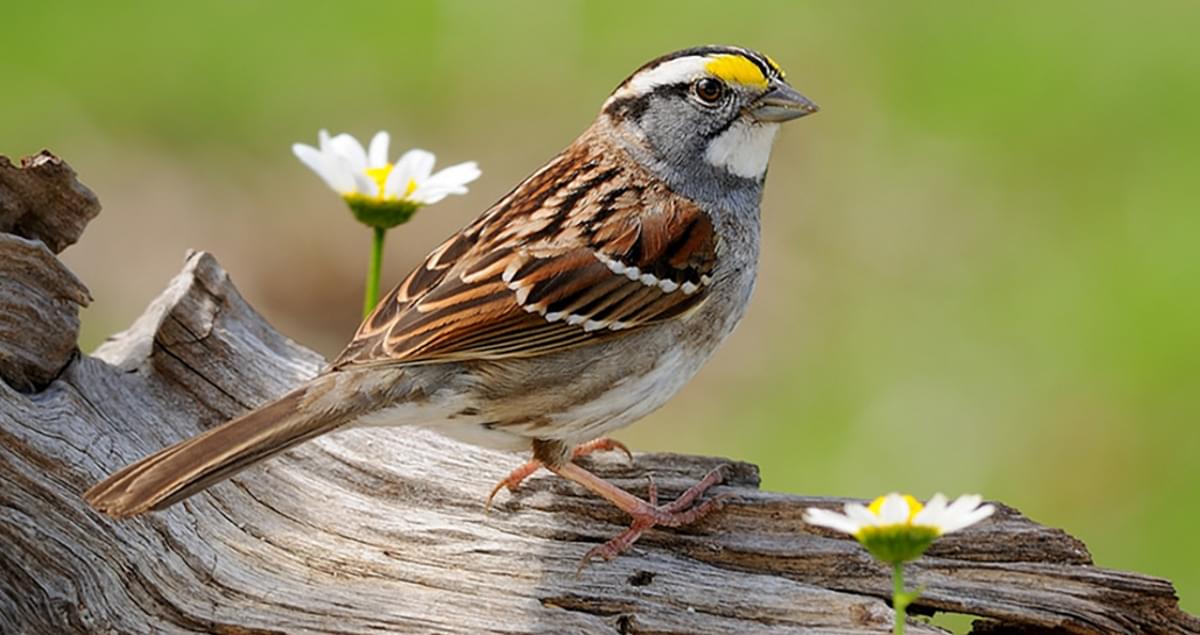
House Sparrow (Passer domesticus)
HOSP
Order: Passerine
Family: Passeridae
Habitat: strongly associated with human habitation, and can live in urban or rural settings
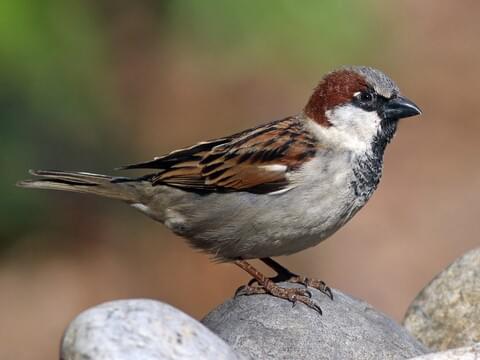
Week 6
Atlantic Brandt (Branta bernicla)
ATBR
Family: Anatidae
Order: Anseriformes
Habitat: Highly determined by availability of eel grass. Live primarily in tidal estuaries.

Canada Goose (Branta canadensis)
CANG
Family: Anatidae
Order: Anseriformes
Habitat: ponds, lakes, rivers, grain fields, fresh and saltwater marshes.
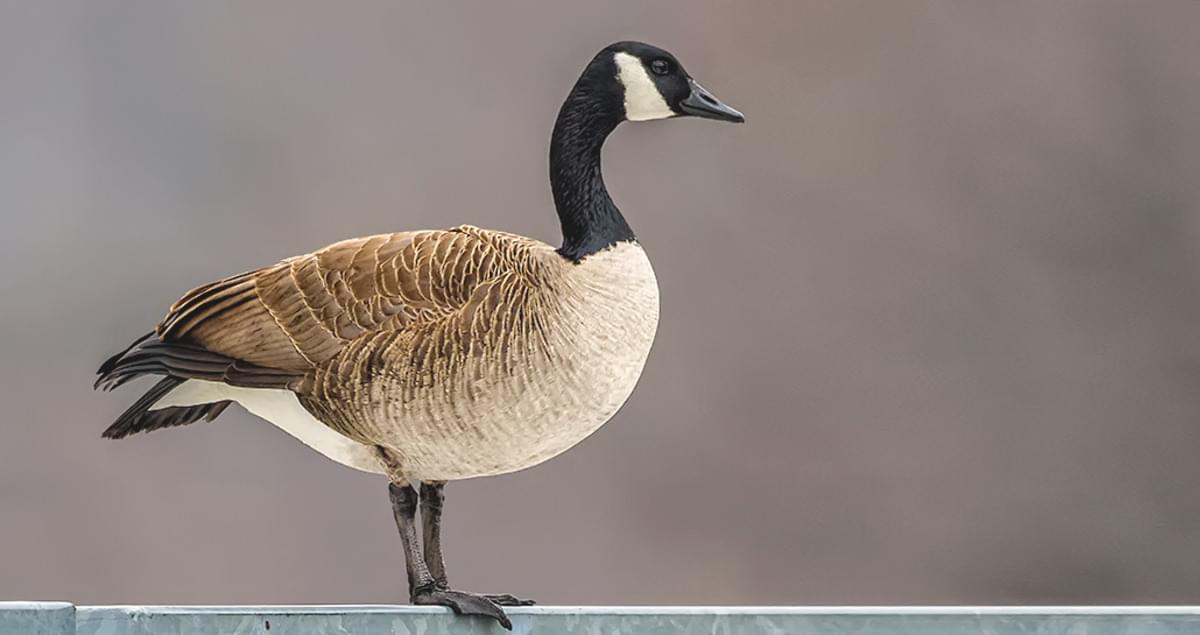
American Black Duck (Anas rubripes)
ABDU
Family: Anatidae
Order: Anseriformes
Habitat: variety of wetland habitats, from salt marshes to beaver ponds, river islands, and boreal bogs. They winter in salt water along the coasts, but also in a variety of freshwater areas inland.

Common Eider (Somateria mollissima)
COEI
Family: Anatidae
Order: Anseriformes
Habitat: Breeds primarily in the arctic. Winters in farther south in temperate zones on coastal waters.
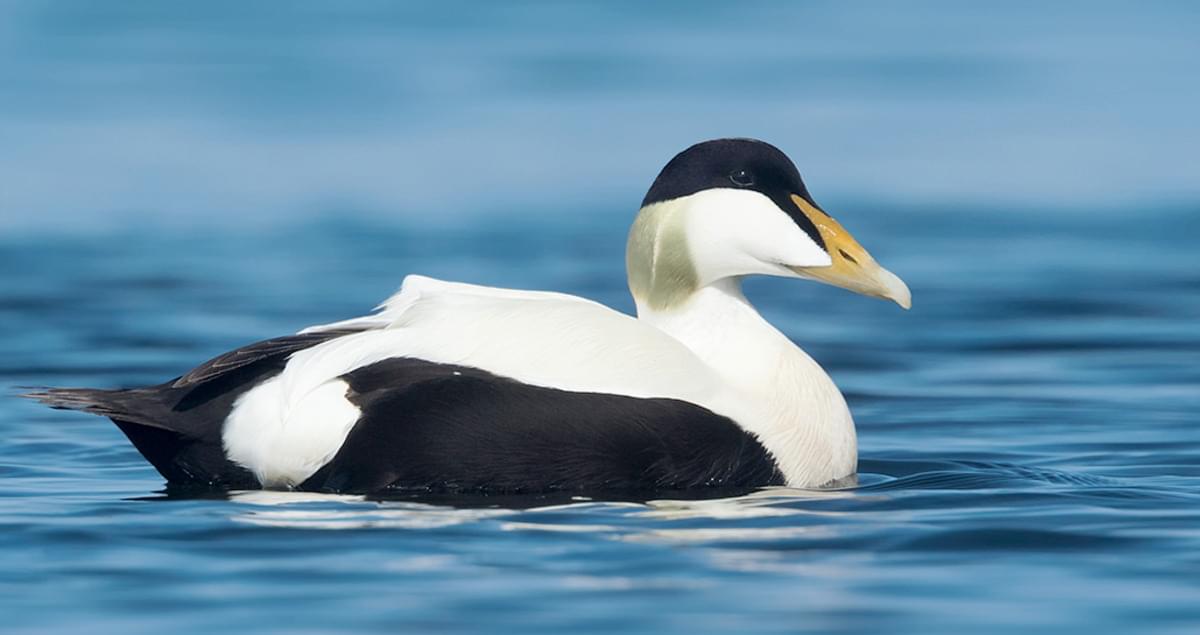
Common Loon (Gavis immer)
COLO
Family: Gaviiformes
Order: Gaviidae
Habitat: wooded lakes, tundra ponds, coastal waters.

Bonapartes Gull (Chroicocephalus philadelphia)
BOGU
Family: Laridae
Order: Charadriiformes
Habitat: Breeds around lakes and marshes in the boreal forest. Winters along lakes, rivers, marshes, bays, and beaches along the coast.

Lesser Black-backed Gull (Larus fuscus)
LBBG
Family: Laridae
Order: Charadriiformes
Habitat: Mostly along coast, including bays, estuaries, coastal islands; also around lakes inland, especially Great Lakes and elsewhere in northeast

Barred Owl (Strix varia)
BADO
Family: Strigidae
Order: Strigiformes
Habitat: live in large, mature forests made up of both deciduous trees and evergreens, often near water. They nest in tree cavities.
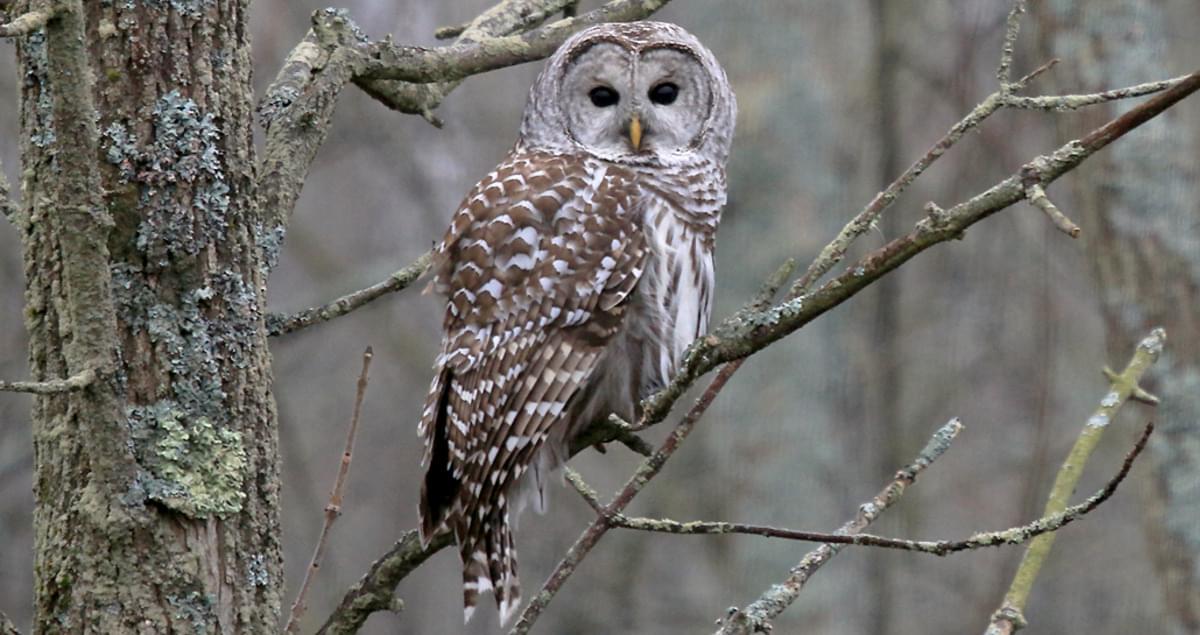
Northern Saw-whet Owl (Aegolius acadicus)
NSWO
Family: Strigidae
Order: Strigiformes
Habitat: coniferous forests, sometimes mixed or deciduous woods, across North America.

Week 8
Harlequin Duck (Histrionicus histrionicus)
HARD
Family: Anatidae
Order: Anseriformes
Habitat: Found coastally, in fast-moving and active waters
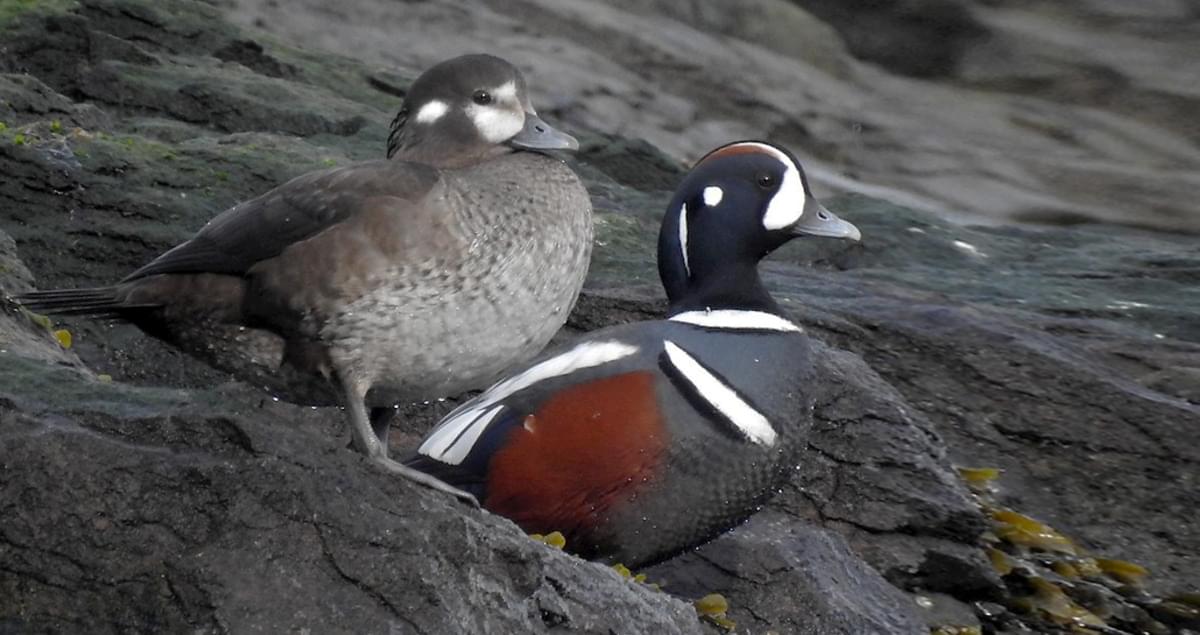
Surf Scoter (Melanitta perspicillata)
SUSC
Family: Anatidae
Order: Anseriformes
Habitat: nest on freshwater lakes and wetlands in the Arctic, in sparsely forested and semi-open regions. They winter in open coastal environments, favoring shallow bays and estuaries with rocky substrates.
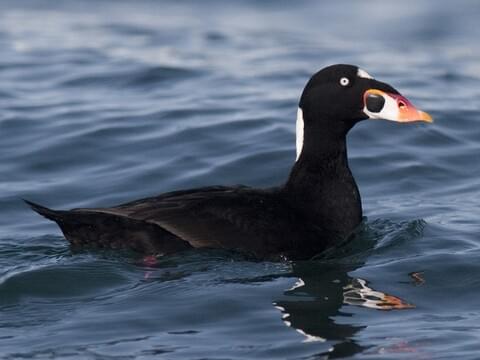
Black Scoter (Melanitta americana)
BLSC
Family: Anatidae
Order: Anseriformes
Habitat: low-lying wet tundra and higher slopes in treeless terrain, also openings around lakes in northern forest. In winter mostly on bays and along exposed coastlines.
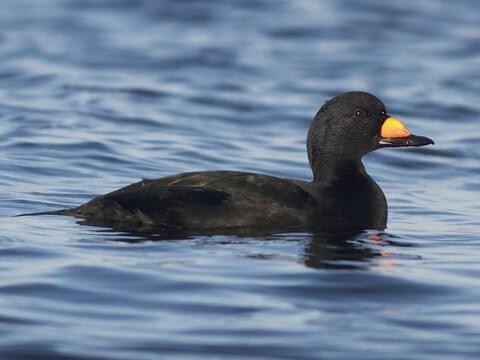
Common Merganser (Mergus merganser)
COME
Family: Anatidae
Order: Anseriformes
Habitat: deep, clear, forested lakes, reservoirs, and rivers for breeding. In winter, they occupy similar habitat, as well as bays, coastal estuaries, and harbors.

Ring-necked Pheasant (Phasianus colchicus)
RNEP
Family: Phasianidae
Order: Galiformes
Habitat: edges of open fields, brushy hedgerows, and forest edges.
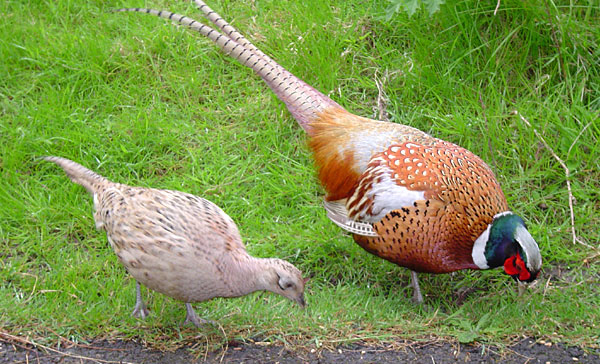
Northern Gannet (Morus bassanus)
NOGA
Family: Sulidae
Order: Suliformes
Habitat: Found in the open ocean, nests on cliffs and ledges of islands, sometimes on steep protected cliffs of mainland
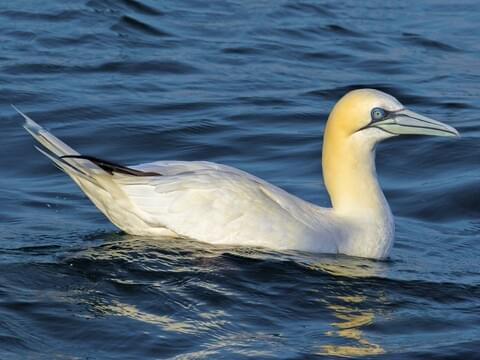
Great Cormorant (Phalacrocorax carbo)
GRCO
Family: Phalacrocoracidae
Order: Suliformes
Habitat: nhabit rocky sea coasts throughout the year. During breeding season, they nest on rocky islands or cliffs, usually on the ground but sometimes in stunted conifers.

Great Blue Heron (Ardea herodias)
GBHE
Family: Ardeidae
Order: Pelecaniformes
Habitat: almost any wetland habitat in its range. It may be found in numbers in fresh and saltwater marshes, mangrove swamps, flooded meadows, lake edges, or shorelines.

Piping Plover (Charadrius melodus)
PIPL
Family: Charadridae
Order: Charadiiformes
Habitat: breed along ocean shores in the Northeast and along lakeshores and alkali wetlands in the northern Great Plains and Great Lakes
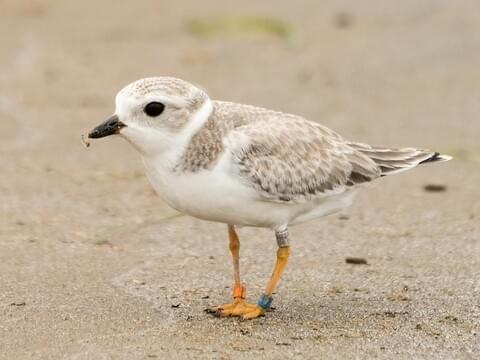
Killdeer (Charadrius vociferus)
KILL
Order: Charadiiformes
Family: Charadridae
Habitat: can live in a wide variety of habitats, including savannas, coniferous forests, and deciduous forest regions.
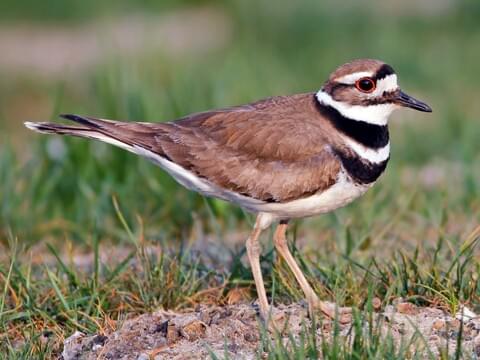
Week 9
Razorbill (Alca torda)
RAZO
Family: Alcidae
Order: Charadiiformes
Habitat: Open ocean; nests on islands or mainland on cliffs or rocky shorelines. Tends to forage in cool waters less than 200′ deep, so often concentrates over offshore shoals or ledges.

Black Guillemot (Cepphus grylle)
BLGU
Family: Alcidae
Order: Charadiiformes
Habitat: distributed in boreal, low arctic and high arctic regions of the North Atlantic and Arctic oceans. Found in coastal areas from the Gulf of Maine, New England across parts of the northern coast of North America, as far as Alaska.

Atlantic Puffin (Fratercula arctica)
ATPU
Family: Alcidae
Order: Charadiiformes
Habitat: rocky coasts in the Northern Atlantic Ocean during the breeding season and on the open ocean in the non-breeding season.
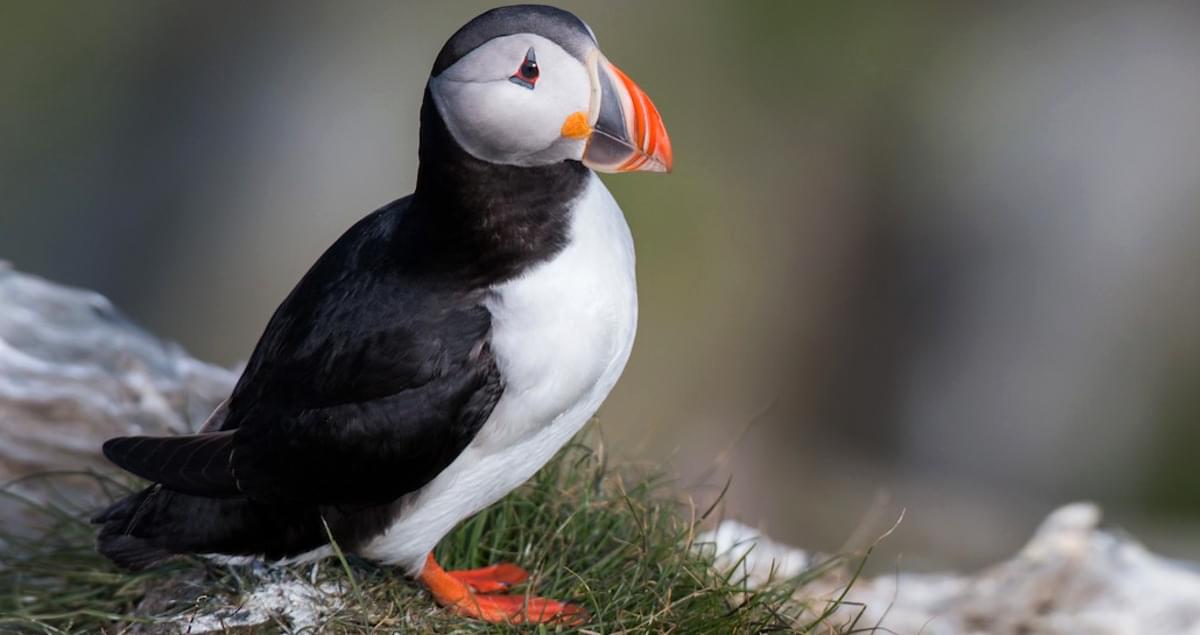
Chimney Swift (Chaetura pelagica)
CHSW
Family: Apodidae
Order: Apodiformes
Habitat: nest in chimneys and on other vertical surfaces in dim, enclosed areas, including air vents, wells, hollow trees, and caves. They forage over urban and suburban areas, rivers, lakes, forests, and fields.

Ruby-throated Hummingbird (Archilochus colubris)
RTHU
Order: Apodiformes
Family: Trochilidae
Habitat: deciduous woodlands of eastern North America as well as across the Canadian prairies. Commonly associated with old fields, forest edges, meadows, orchards, stream borders, and backyards. In tropical wintering grounds, can be found in dry forests, citrus groves, hedgerows, and scrub.
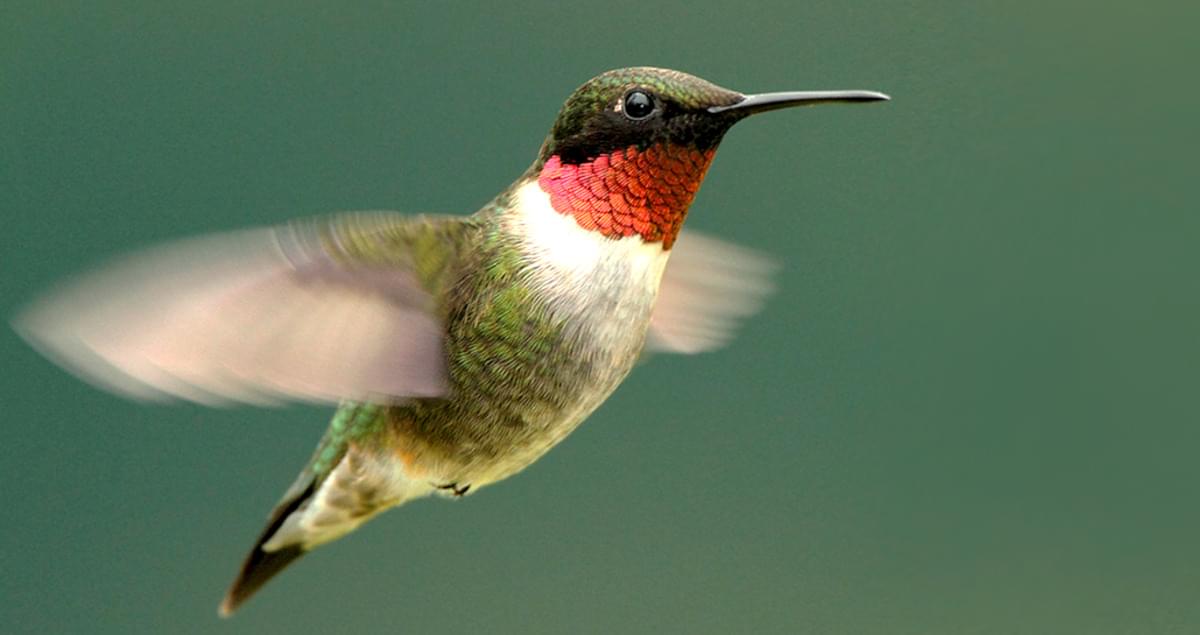
Belted Kingfisher (Megaceryle alcyon)
BEKI
Order: Coraciiformes
Family: Alcedinidae
Habitat: live near streams, rivers, ponds, lakes, and estuaries. They nest in burrows that they dig into soft earthen banks, usually adjacent to or directly over water.

Eastern Kingbird (Tyrannus tyrannus)
EAKI
Order: Psseriformes
Family: Tyrannidae
Habitat: breed in open areas including yards, fields, pastures, grasslands, or wetlands, and are especially abundant in open places along forest edges or water. They spend winters in forests of South America.

Common Raven (Corvus corax)
CORA
Order: Passeriformes
Family: Corvidae
Habitat: deciduous and evergreen forests up to treeline, as well as high desert, sea coast, sagebrush, tundra, and grasslands. Do well around people, can be found rurally and sometimes in semi- to fully urban settings.
Tree Swallow (Tachycineta bicolor)
TRES
Order: Passeriformes
Family: Hirundinidae
Habitat: nest near or in wetlands, such as marshes, swamps, beaver ponds, and wet meadows.

Barn Swallow (Hirundo rustica)
BARS
Order: Passeriformes
Family: Hirundinidae
Habitat: a wide range of open habitats including fields, parks, and roadway edges to marshes, meadows, ponds, and coastal waters. Their nests are often easy to spot under the eaves or inside of sheds, barns, bridges and other structures.
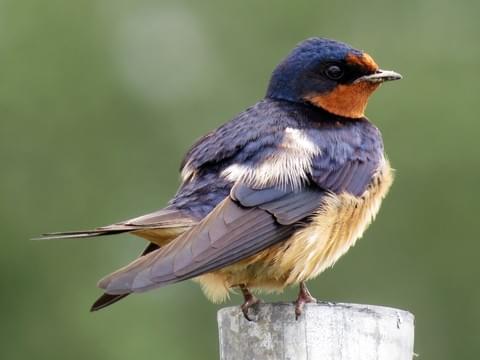
Week 10
Tufted Titmouse (Baeolophus bicolor)
TUTI
Order: Passeriformes
Family: Paridae
Habitat: Found in mostly deciduous forests as well as mixed deciduous-coniferous forests; also swamps, orchards, parks, and suburban areas.
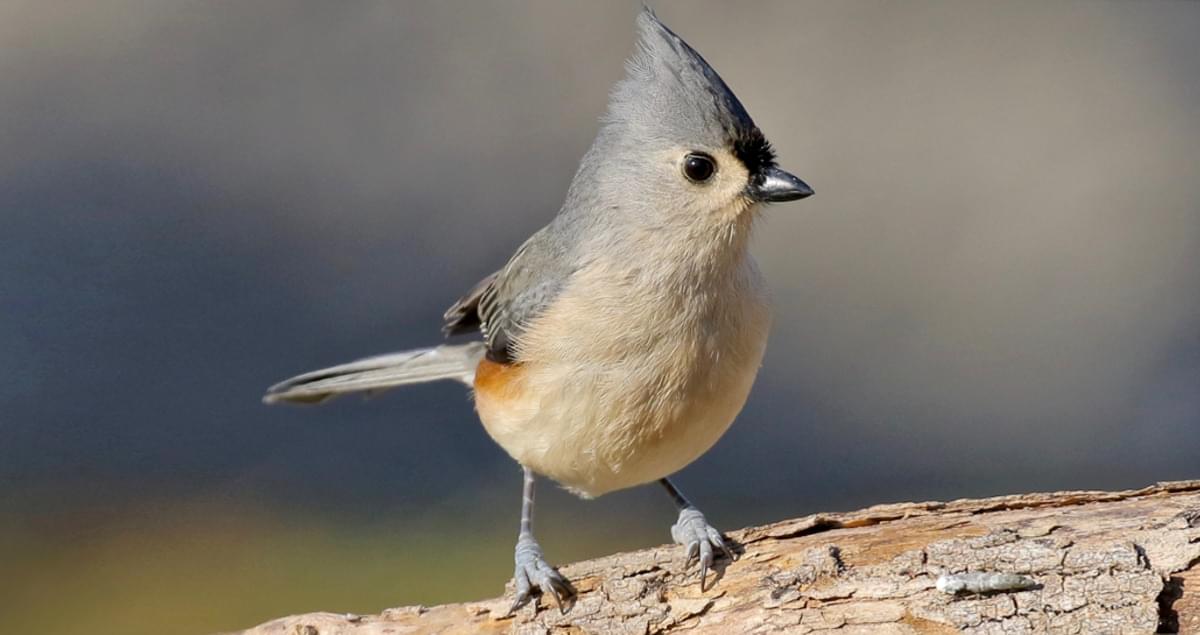
Red-breasted Nuthatch (Sitta canadensis)
RBNU
Order: Passeriformes
Family: Sittidae
Habitat: typically prefer mature, wet, coniferous forests with closed canopies, especially those of spruce or fir. They can also be found in more open forests and patches of smaller trees.
Brown Creeper (Certhia americana)
BRCR
Order: Passeriformes
Family: Certhiidae
Habitat:mature, moist, coniferous forests or mixed coniferous/deciduous forests.
House Wren (Troglodytes aedon)
HOWR
Order: Passeriformes
Family: Troglodytidae
Habitat: Open woods, thickets, towns, gardens. Breeds in a wide variety of semi-open habitats, winters mostly in areas of dense low growth, including thickets and stream-side brush.
Wood Thrush (Hylocichla mustelina)
WOTH
Order: Passeriformes
Family: Turdidae
Habitat: deciduous and mixed forests for breeding. It prefers late-successional, upland mesic forests with a moderately-dense shrub layer.
Northern Mockingbird (Mimus polyglottos)
NOMO
Order: Passeriformes
Family: Mimidae
Habitat: fields, forest edges, and backyards throughout the U.S., Mexico and parts of Canada.

Cedar Waxwing (Bombycilla cedrorum)
CEDW
Order: Passeriformes
Family: Bombycillidae
Habitat: Open woodlands, fruiting trees, orchards; in winter, widespread, including towns. Breeding habitat depends on availability of fruit.
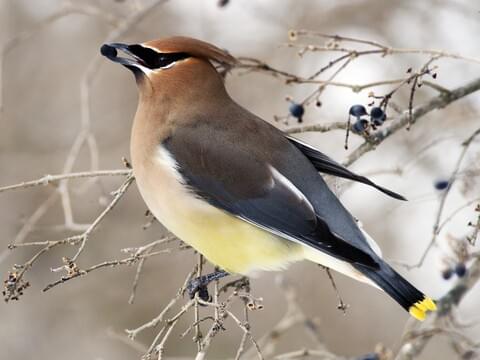
Yellow Warbler (Setophaga petechia)
YEWA
Order: Passeriformes
Family: Parulidae
Habitat: moist habitats due to the abundance of insects including edges of marshes and swamps, willow-lined streams, and leafy bogs. May also inhabit dry areas such as thickets, orchards, farmlands, forest edges, and suburban yards and gardens.
Week 11
Common Yellowthroat (Geothlypis trichas)
COYE
Order: Passeriformes
Family: Parulidae
Habitat: Swamps, marshes, wet thickets, edges. Breeds most abundantly in marshes and other very wet habitats with dense low growth.
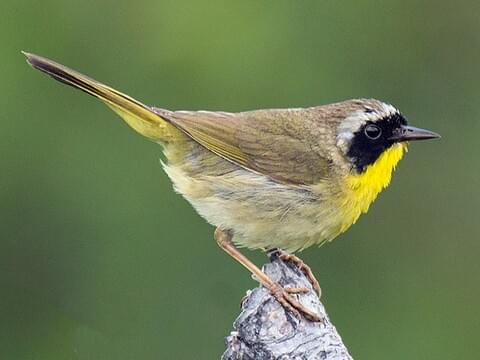
Chipping Sparrow (Spizella passerina)
CHSP
Order: Passeriformes
Family: Passerellidae
Habitat: They are found in a variety of woodland habitat including open forests or forest edges, especially coniferous forests. They prefer forests with shrubby undergrowth.
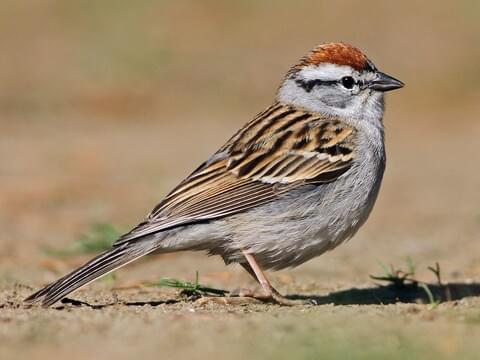
White-crowned Sparrow (Zonotrichia leucophrys)
WCSP
Order: Passeriformes
Family: Passerellidae
Habitat: Prefer open wooded habitats particularly with lots of shrubs and bushes.
Dark-eyed Junco (Junco hyemalis)
DEJU
Order: Passeriformes
Family: Passerellidae
Habitat:breeds in coniferous or mixed woodlands. In wintering grounds tends to avoid areas of denser brush; it especially favors feeders, parks, and open forest without an understory.
Dickcissel (Spiza americana)
DICK
Order: Passeriformes
Family: Carnidilidae
Habitat: in the summer months they are most common in native prairies and restored grasslands, but they also nest in lightly grazed pastures, hayfields, fallow agricultural fields, and even fencerows and roadsides.
Red-winged Blackbird (Agelaius phoeniceus)
RWBL
Order: Passeriformes
Family: Icteridae
Habitat: breed in wooded or brushy swamps, wet meadows, hay fields, salt marshes, irrigation canals, and roadside ditches. They prefer wetlands with emergent vegetation, but may nest in shrubby upland areas occasionally.

Common Grackle (Quiscalus quiscula)
COGR
Order: Passeriformes
Family: Icteridae
Habitat: can be found in agricultural fields, feedlots, city parks, and suburban lawns. They’re also common in open habitats including woodland, forest edges, meadows, and marshes.
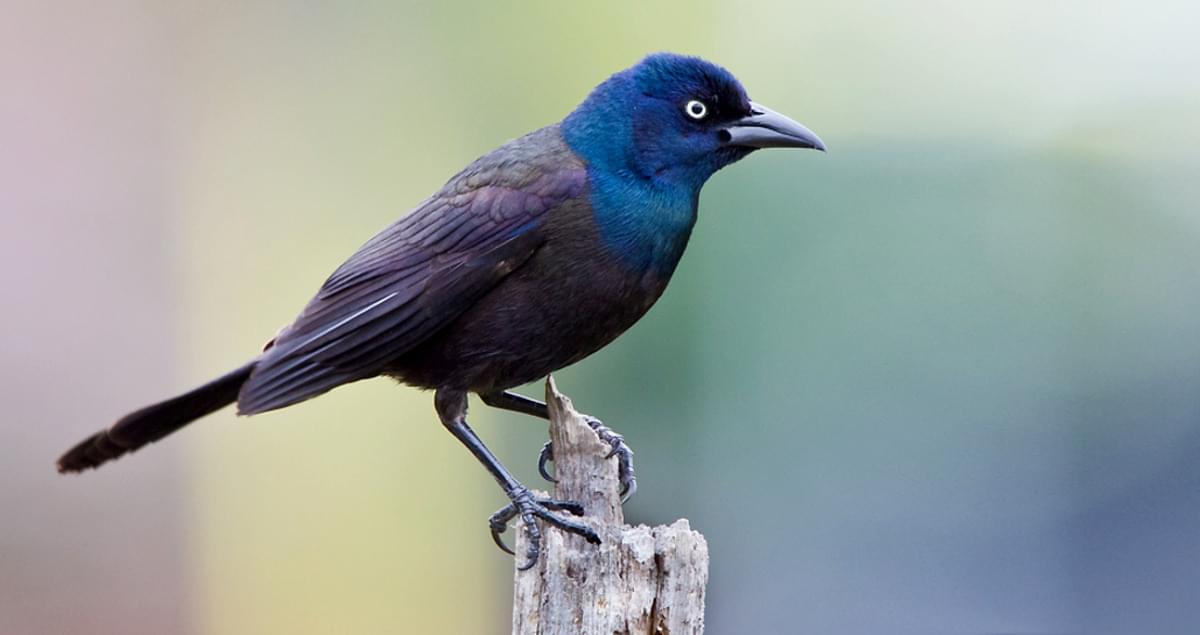
Brown-headed Cowbird (Molothrus ater)
BHCO
Order: Passeriformes
Family: Icteridae
Habitat: refer open grasslands, as well as agricultural, urban, and suburban habitats where grain or cattle-disturbed soil are readily available.
Purple Finch (Haemorhous purpureus)
PUFI
Order: Passeriformes
Family: Fringillidae
Habitat: breed in coniferous forests or mixed deciduous and coniferous woods. Winter in a wider variety of habitats, including shrublands, old fields, forest edges, and backyards.

Pine Siskin (Spinus pinus)
PISI
Order: Passeriformes
Family: Fringillidae
Habitat: Breed primarily in coniferous forests but can be found in mixed During migration and winter, they can be found in many types of semi-open areas, including forest edges and weedy fields.
Bobolink (Dolichonyx oryzivorus)
BOBO
Order: Passeriformes
Family: Icteridae
Habitat: Breed in grasslands in North America and Canada, winter in open habitats like rice fields in South America.
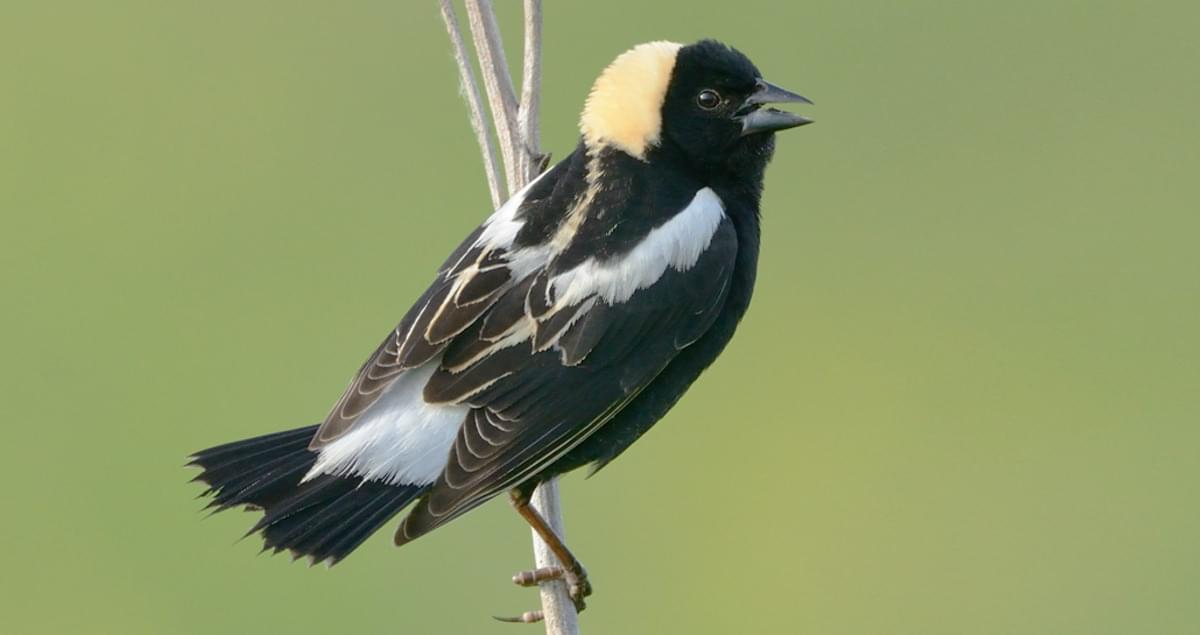
Eastern Meadowlark (Sturnella magna)
EAME
Order: Passeriformes
Family: Icteridae
Habitat: Breeds in natural grasslands, meadows, weedy pastures, also in hayfields and sometimes in fields of other crops. Winters in many kinds of natural and cultivated fields.

Excellent! Keep going.